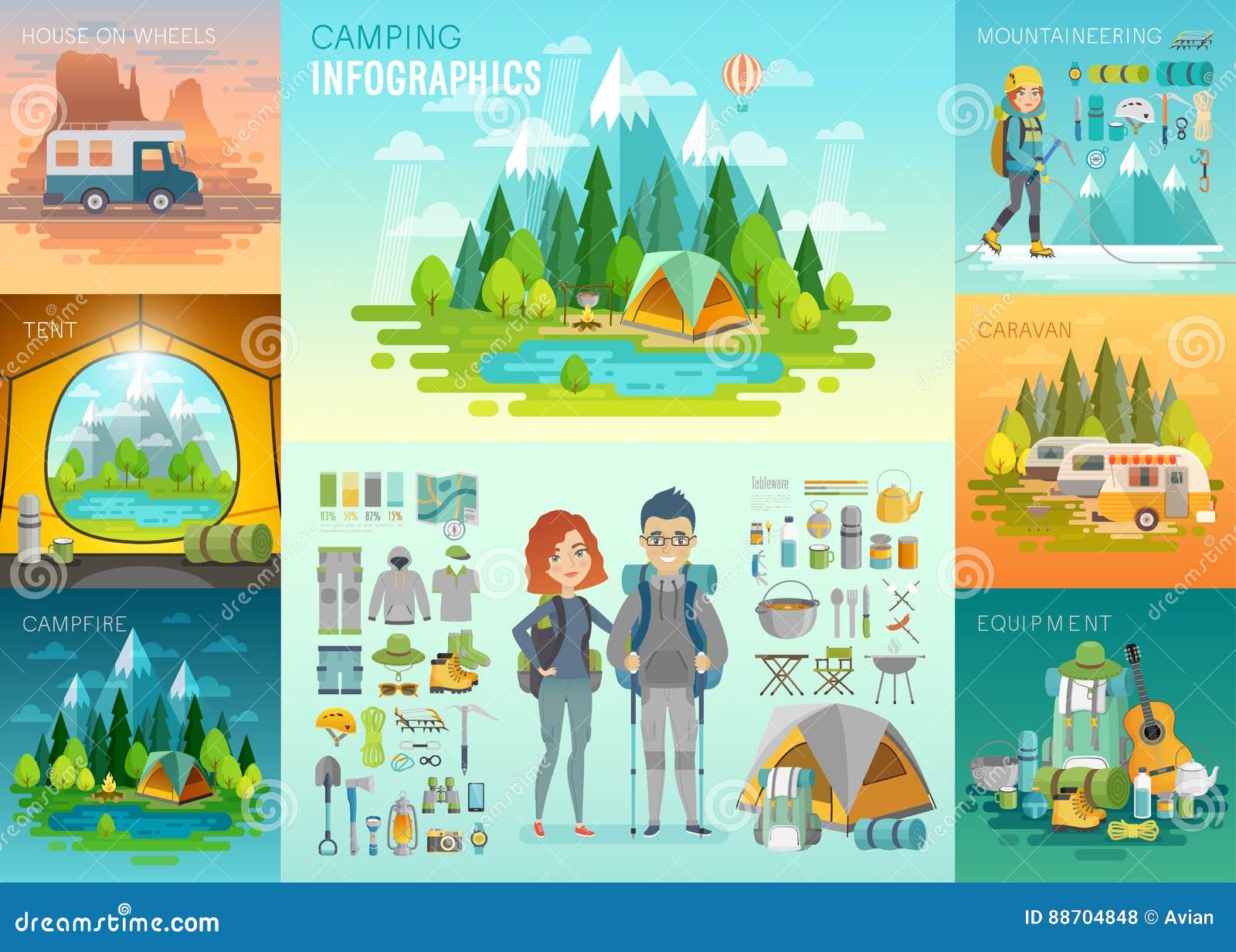Creating Bargains Through The Online Selling Of Camping Tents
Creating Bargains Through The Online Selling Of Camping Tents
Blog Article
Does Your Backpacking Camping Tent Need an Impact?
A footprint is costly and includes added weight to your knapsack. It additionally isn't specifically sturdy.
Are tents waterproof?
Ultimately, whether or not a tent impact is essential depends on where and how frequently you're camping. Generally, it's a great idea to use one if you camp on abrasive surfaces or in wet conditions.
Tents with Lower Deniers and Waterproof Rankings
Outdoors tents with reduced deniers and water resistant scores tend to be lighter, but they can also be extra breakable. They might call for even more regular repair services and have much less interior area than tougher models. If you're a casual backpacker that suches as to take a trip quick and light, this may be fine; however, more experienced walkers recognize that giving up toughness can include huge repercussions down the trail.
The denier and waterproof rating of an outdoor tents's cover, rainfly, and floor can assist you determine its livability. Look for higher-denier textiles on the cover and rainfly, along with taped seams that help prevent water from permeating via stitches. Some makers even utilize warm and sealant during building and construction to develop a more powerful seam; these are called bonded seams.
The livability of a tent can also be established by its flooring dimensions and capacity. An outdoor tents's floor should be a little smaller sized than the footprint to prevent water from merging under the sanctuary.
Camping Tents in Rough Terrain
Several backpacking outdoors tents include a footprint designed especially for their design, which helps make certain an appropriate fit and safeguards the tent's base from dampness and sharp items. Other manufacturers market universal footprints that can be reduced or folded to match a tent's measurements.
The kind of terrain you'll run into is one more important luxury tent factor to consider for selecting a tent. For instance, if you'll be camping in a canyon or gully, try to find a shelter that can manage strong winds. These problems produce turbulence that can make the distinction between appreciating your camping area or suffering pain.
The capability and peak elevation of a tent give you an excellent idea of its livability, but extra elements to take into consideration include vestibules (the section of the rainfly covering the doors) and total storage area. As an example, throughout our winter screening of the Marmot Tungsten, its generous 93-by-82-inch flooring easily took care of 4 perspiring backpackers and their puffier shoulder season resting bags while still leaving sufficient area for gear and individuals.
Tents in Wet Issues
Even if your tent shows up dry, dampness prowls in the nooks and crannies. With time, it can break down the fabric. That's why it's so vital to capitalize on day of rest to deep-clean your tent and its parts, such as zipper linings, risk loops and flexible webbing straps.
Additionally, ensure to pitch your tent in a level area, not a divot or concave area, so that ground water does not collect between the outdoor tents flooring and footprint or tarpaulin. And if you're utilizing an impact, consider a custom-cut one made for your camping tent's layout. It won't accumulate rainwater the means a generic ground cloth or tarpaulin can.
Method setting up and removing your tent in the house prior to you hit the road, to obtain a feel for exactly how quickly and efficiently you can do it. Additionally, method staking out your outdoor tents in different surfaces to see exactly how very easy it is (or isn't) to do in bad climate condition.
Camping Tents in High-Rise Situations
Outdoors tents vary in floor size and livability. For instance, a big tent with twin doors and vestibules like Marmot's Tungsten can manage four backpackers without calling for gymnastics to enter and out or to keep gear.
The minimal route weight spec is the very best spec to contrast designs, as it includes the bare basics: tent body, rainfly and posts. But keep in mind that the specification leaves out tent risks, guy lines and stuff sacks.
The majority of backpacking camping tents can stand up to a light summertime storm, however some can be swept away by gale-force gusts. Look for a design with solid poles, an increased bathtub-style flooring and seam taping to decrease the opportunity of water seeping through. More expensive layouts also have a tendency to include stronger products that can stand up to the influence of debris and other forces.
How cold is too cold to sleep in a tent?
